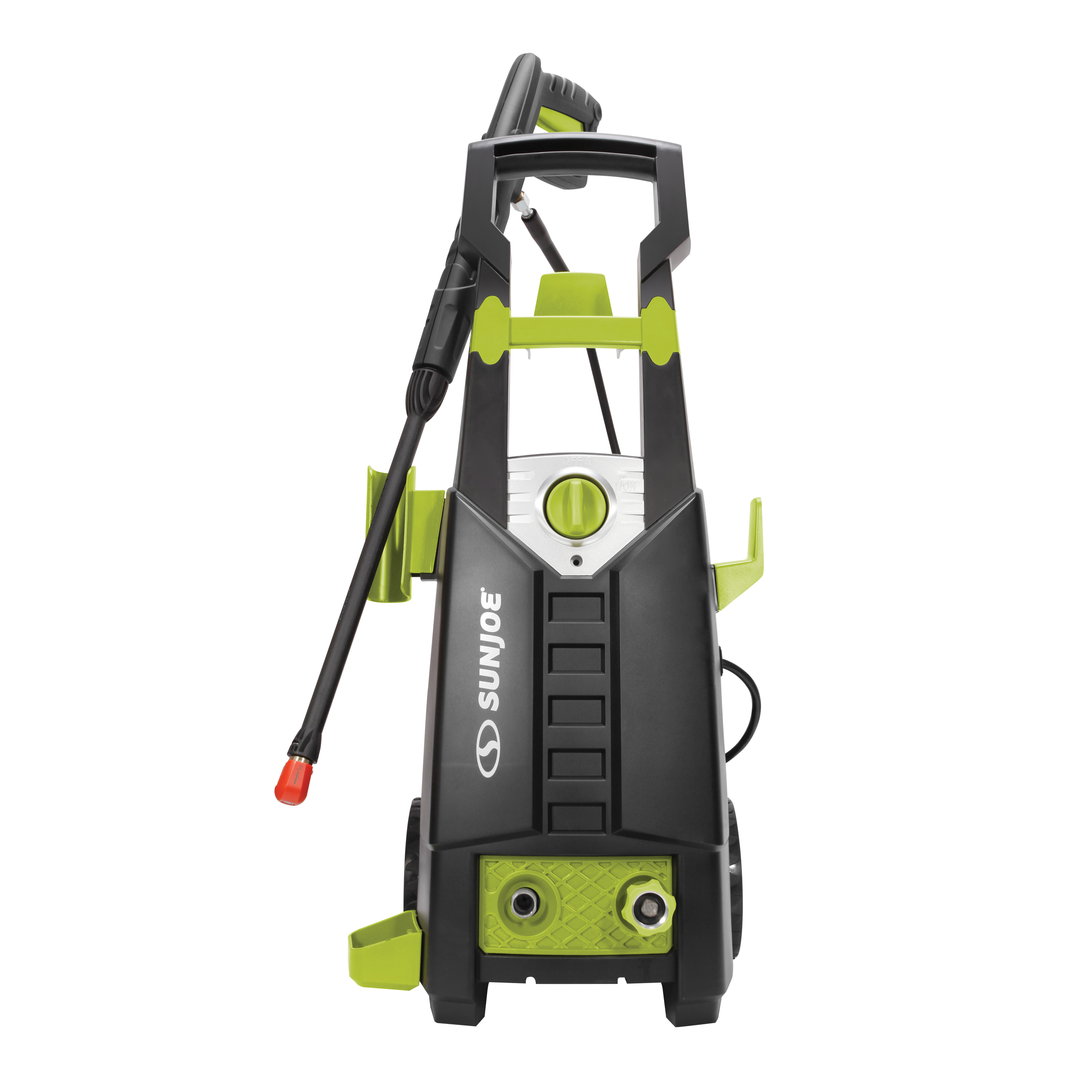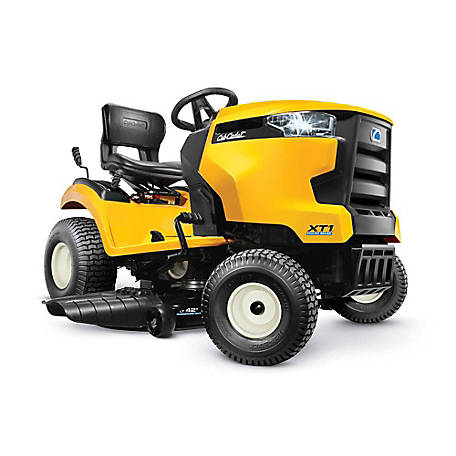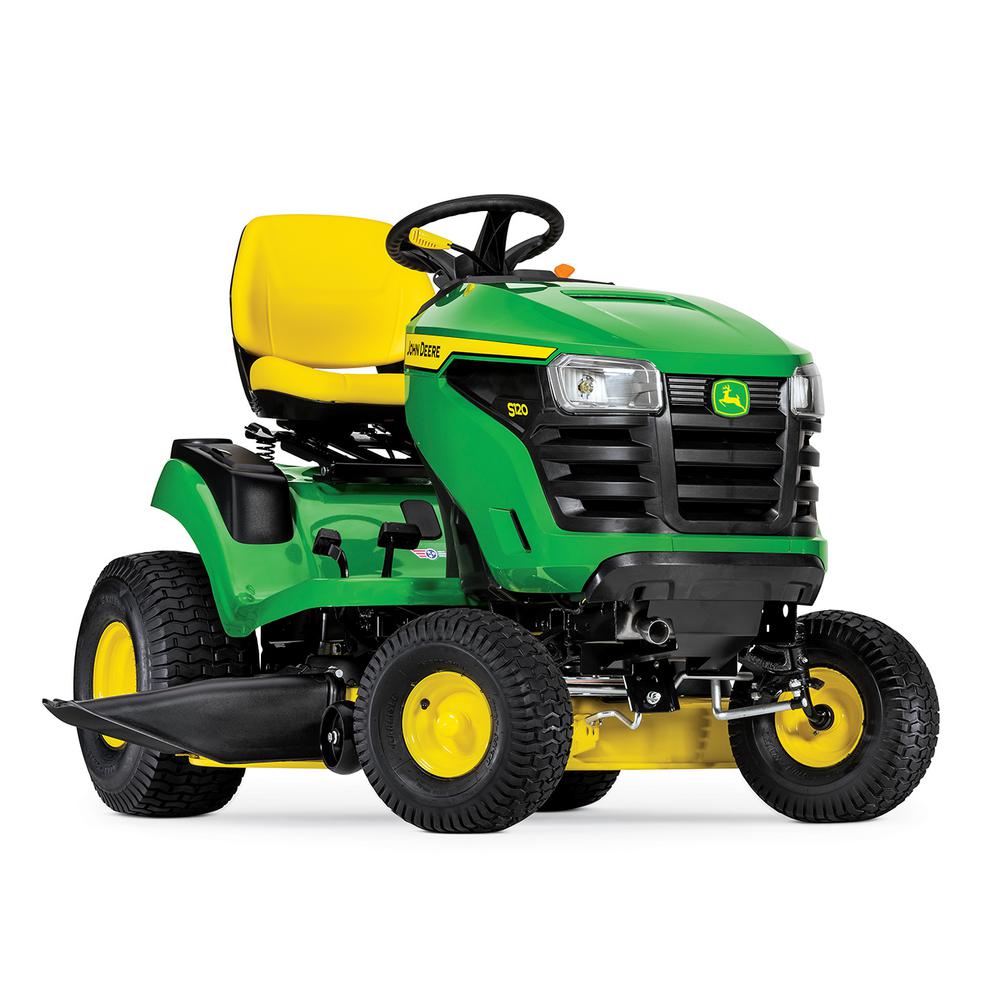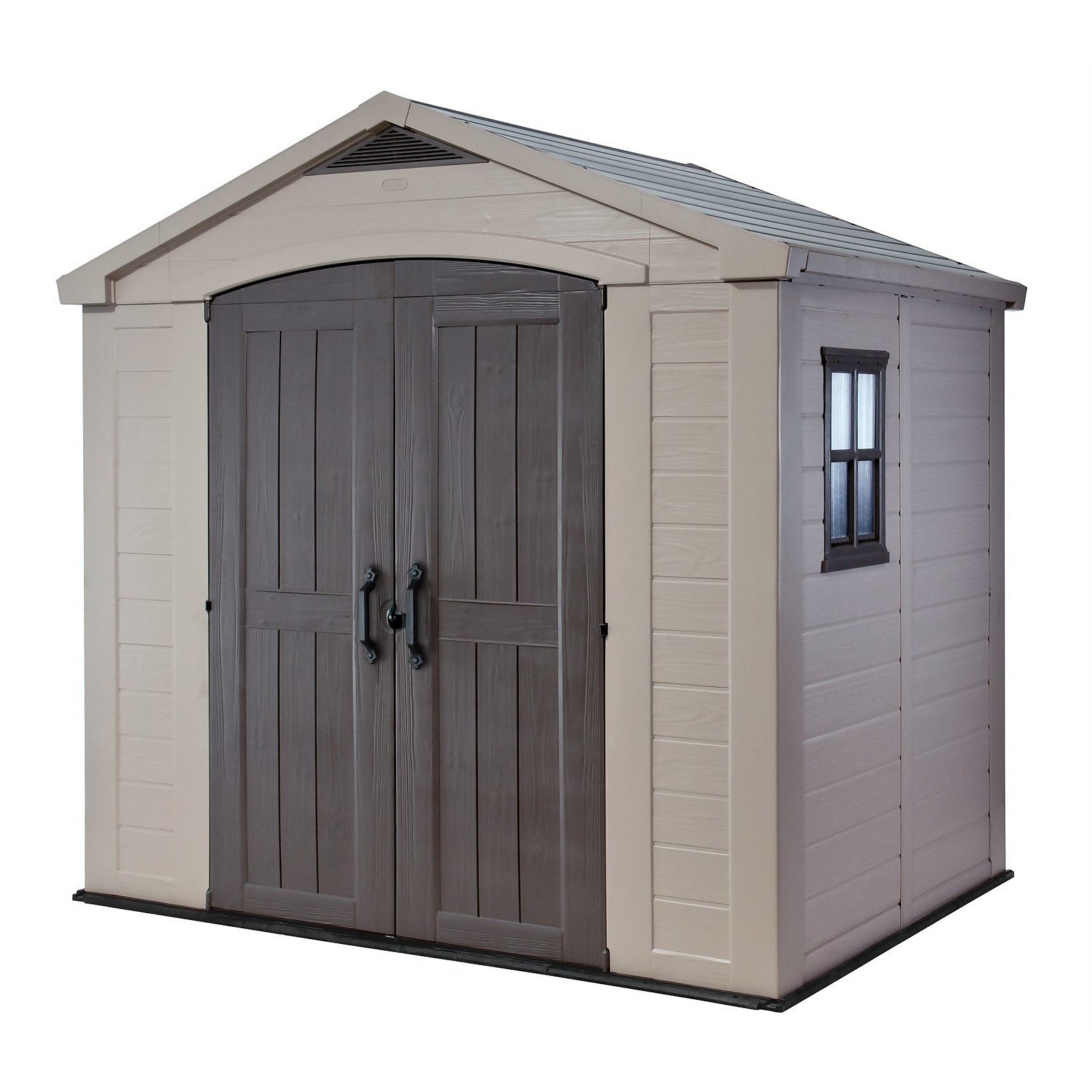Sun Joe SPX2598-MAX 2000 PSI Electric Pressure Washer with Foam Cannon
Powerful 13-amp motor generates up to 2,000 PSI/1.6 GPM for maximum cleaning power to strip away stubborn dirt, grease and grime. Onboard 1 liter foam canon is the perfect accessory for cleaning stubborn stains. TSS (Total Stop System) — automatically shuts off the pump and power when the trigger is not engaged to save energy and prolong pump life.
GRIME FIGHTER. Tackle your toughest home, outdoor and auto-cleaning tasks with next-generation grime fighting technology: SPX2598-MAX 13-Amp Electric Pressure Washer from SUN JOE®. When grime gets the upper hand, fight back against your toughest home, outdoor and auto cleaning tasks with SPX2598-MAX. Combining the power of gas with the performance of an electric, MAX is made for those who expect the most out of their machines. It’s packed with the most-requested features for your most challenging chores — like a rugged 20-foot high-pressure hose, on-board 1 liter foam cannon, a 35-foot power cord with built-in GFCI, and exclusive Total Stop System technology to save both pump and power when the trigger is not engaged. SPX2598-MAX’s eco-friendly 13-amp electric motor packs a powerful punch – up to 2000 pounds per square inch – to break down dirt and grime, and pumps up to 1.6 GPM max flow rate to rinse away tough oil stains, mildew, caked on mud, rust and other stubborn dirt and deposits. And with 3 on-board Quick Connect nozzles, you can quickly customize the spray to suit the chore. Choose from 0º, 15º and 40º; swap nozzles in seconds and switch from punishing pinpoint jet to powerful fan spray. From start to finish, you can count on SPX2598-MAX for the continuous, reliable power + performance that you’ve come to expect from America’s leading eco-friendly brand of pressure washers. So, when there’s dirty work to be done, take it to the MAX with SUN JOE!
- Powerful 13-amp motor generates up to 2,000 PSI/1.6 GPM for maximum cleaning power to strip away stubborn dirt, grease and grime.
- Onboard 1 liter foam canon is the perfect accessory for cleaning stubborn stains
- TSS (Total Stop System) — automatically shuts off the pump and power when the trigger is not engaged to save energy and prolong pump life
- Includes 34-inch extension wand, 20-foot high pressure hose, 35-foot power code with GFCI protection, garden hose adapter, needle clean-out tool
- 3 Quick Connect nozzles (0º, 15º, and 40º) tackle different cleaning projects
Additional information
| Max Pressure (PSI) | 2000 |
|---|---|
| Max Flow Rate (gpm) | 1.6 |
| Amperage (amps) | 13 |
| Detergent Tank (fl oz) | 33.8 |
| Nozzle | Quick Tips |
| Weight (lbs) | 17 |






by Mike
We used this to clean our outbuilding before painting it( water only, no cleaners added) and it did an amazing job!! I plan on purchasing more Sun Joe products:)
by Matt
I have been building my arsenal for my car detailing business. One of the first things I needed to look at was a good quality pressure washer. I did see some mixed reviews but decided for start up this would be a good starting point. To test it out I first decided to clean the exterior of my brother-in-laws truck. It had a lot of built up dirt in the wheel wells as well as lots of bug splatter on the front end from driving from several states away. This pressur washer made quick and easy work out of it and made getting in the wheel wells to clean the dirt and mud super easy. The foam cannon was a great addition as it is an essential tool. the assembly was easy and took very little time. The operation was smooth. I highly recommend this pressure washer to anyone looking.
by Helen
This little power washer did great for it’s size and price. It was easy to put together and easy to use. Happy we got it!
by Monica
This is a great product. It is easy to put together and easy to use. I used it to pressure wash my house and my kids’ outside plastic climbers and slides. I love the options to use different nozzles for different pressures. You cant go wrong with this product, especially with Black Friday prices!
by Debra
I purchased this on the black friday sale, and we love it for around the house, this does perfect for us, I’m not sure how it would do on a vehicle with heavy mud, I think you would need a bigger one, but for spraying the house and porch is just perfect.